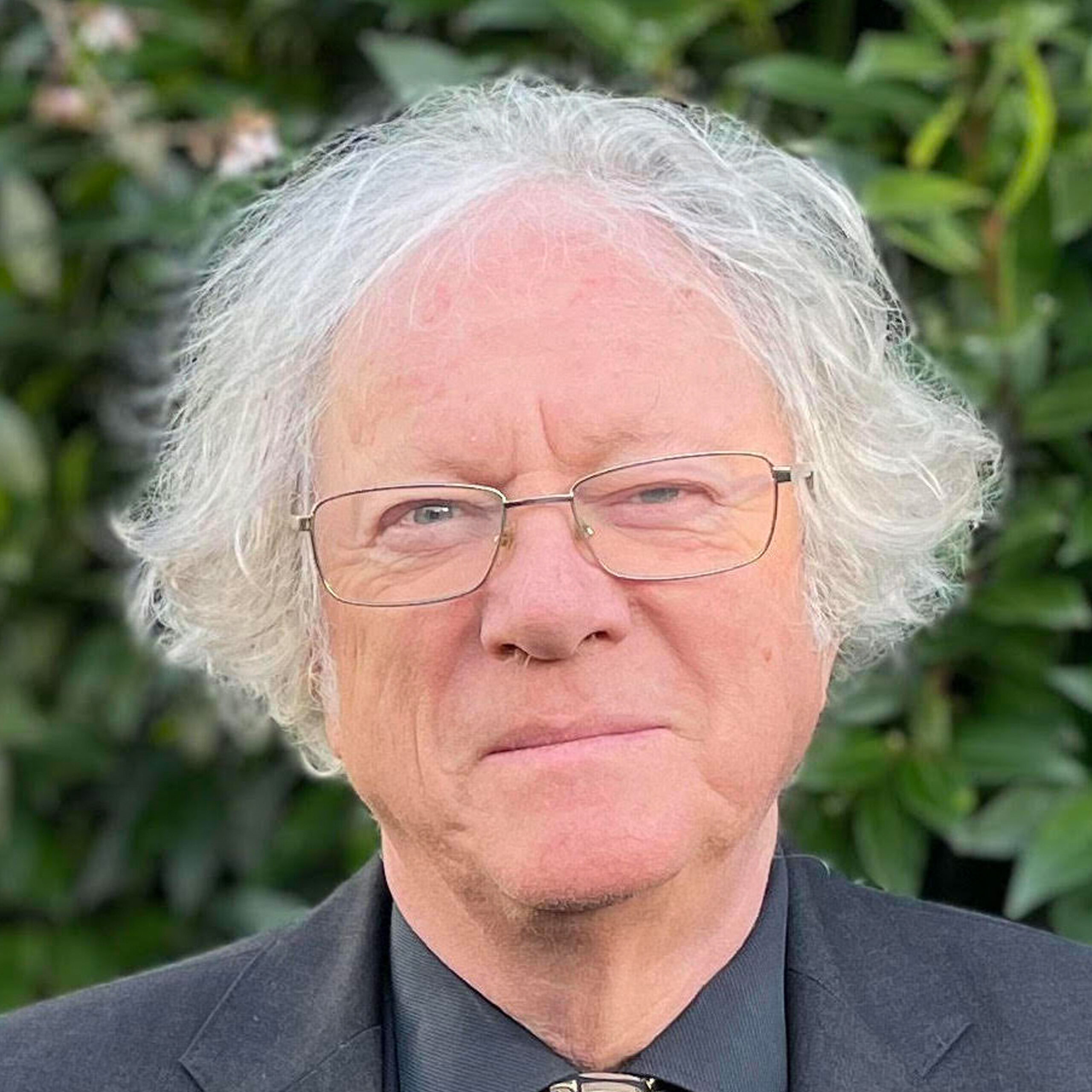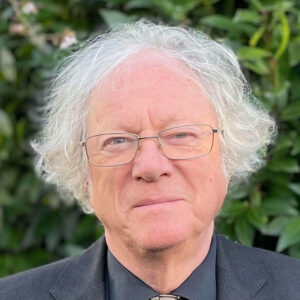
Biography
Mike Edmunds is Emeritus Professor of Astrophysics at Cardiff University and former Head of the School of Physics and Astronomy. He was educated at Cambridge, but has lived and worked in Wales for 50 years.
His research career involved the determination and interpretation of the abundances of the chemical elements in the Universe, and of the origin of interstellar dust. Later work has been in the history of astronomy, in particular the ancient Greek Antikythera Mechanism and the early history of the Royal Astronomical Society.
He was President of the RAS for two years 2022-24. He is a Vice-President of both the Herschel Society and Society for the History of Astronomy. He has been member of two UK Research Councils (PPARC and STFC). He can occasionally be seen in his one-man play about Newton – “Sir Isaac Remembers…”.
In 2024 he was the subject of “The Life Scientific” on BBC Radio 4, and also appeared on “In Our Time”.
Synopsis
The Antikythera Mechanism is a remarkable geared astronomical calculator, probably dating from around 100 BCE. I will describe and illustrate the discovery (by modern imaging methods) of its structure. We will trace its ingenious design, following the gear trains and their functions. I will show how the motions of the Sun and Moon were displayed, together with detailed calendar and eclipse prediction.
A strong claim (based on literary references) will be made that mechanical representations of the Universe were reasonably well known in the Classical world of Greece and Rome 200 BCE – 500 AD. It will be demonstrated that the mechanism fits in perfectly to its astronomical era (c.200 – 60 BCE), and that its design may show the influence of earlier astronomical conventions.
We will speculate on the mechanism’s original purpose, and ask why such devices seem to disappear from the historical record for almost a millennium.






